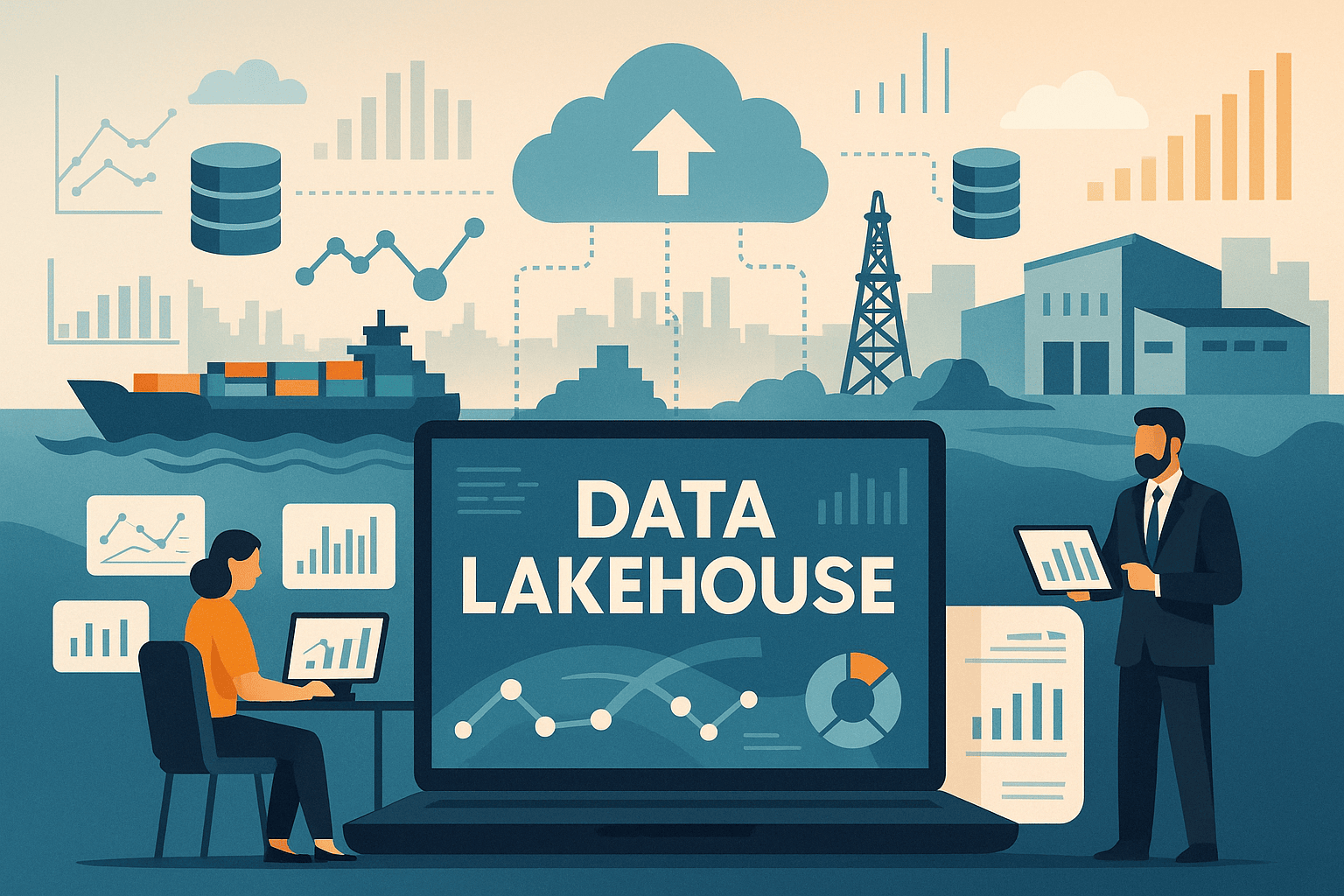Commodity trading firms deal with vast amounts of structured and unstructured data: market prices, logistics feeds, weather reports, and compliance records. Traditionally, firms used separate systems for data lakes and warehouses, leading to silos and inefficiencies. The lakehouse architecture, championed by Databricks, offers a unified way to handle both analytics and AI at scale.
A lakehouse combines the flexibility of a data lake with the governance and performance of a data warehouse. For trading CIOs, this means analysts and data scientists can access one consistent source of truth. Price forecasting models, risk management dashboards, and compliance reports all run on the same governed platform.
Databricks makes this possible with Delta Lake, which enables structured queries and machine learning on top of raw data. Snowflake can complement the setup by managing governed analytics. Together, they provide CIOs with the foundation for both innovation and control.
The challenge is execution. Building a lakehouse requires integrating existing CTRM/ETRM systems (often in C# .NET) with modern data pipelines in Python. It also requires strong skills in Azure for cloud deployment and Kubernetes for workload management. Internal IT teams rarely have enough bandwidth to manage such a complex initiative end-to-end.
Staff augmentation closes the gap. By bringing in external engineers experienced with Databricks and hybrid deployments, CIOs can accelerate the implementation without slowing down daily operations. Augmented teams can help design the architecture, build connectors, and enforce governance policies that satisfy compliance requirements.
A unified data lakehouse is no longer just an architecture trend – it’s the backbone of digital transformation in commodity trading. CIOs that combine their core teams with augmented talent will be best positioned to unlock the full value of their data.

